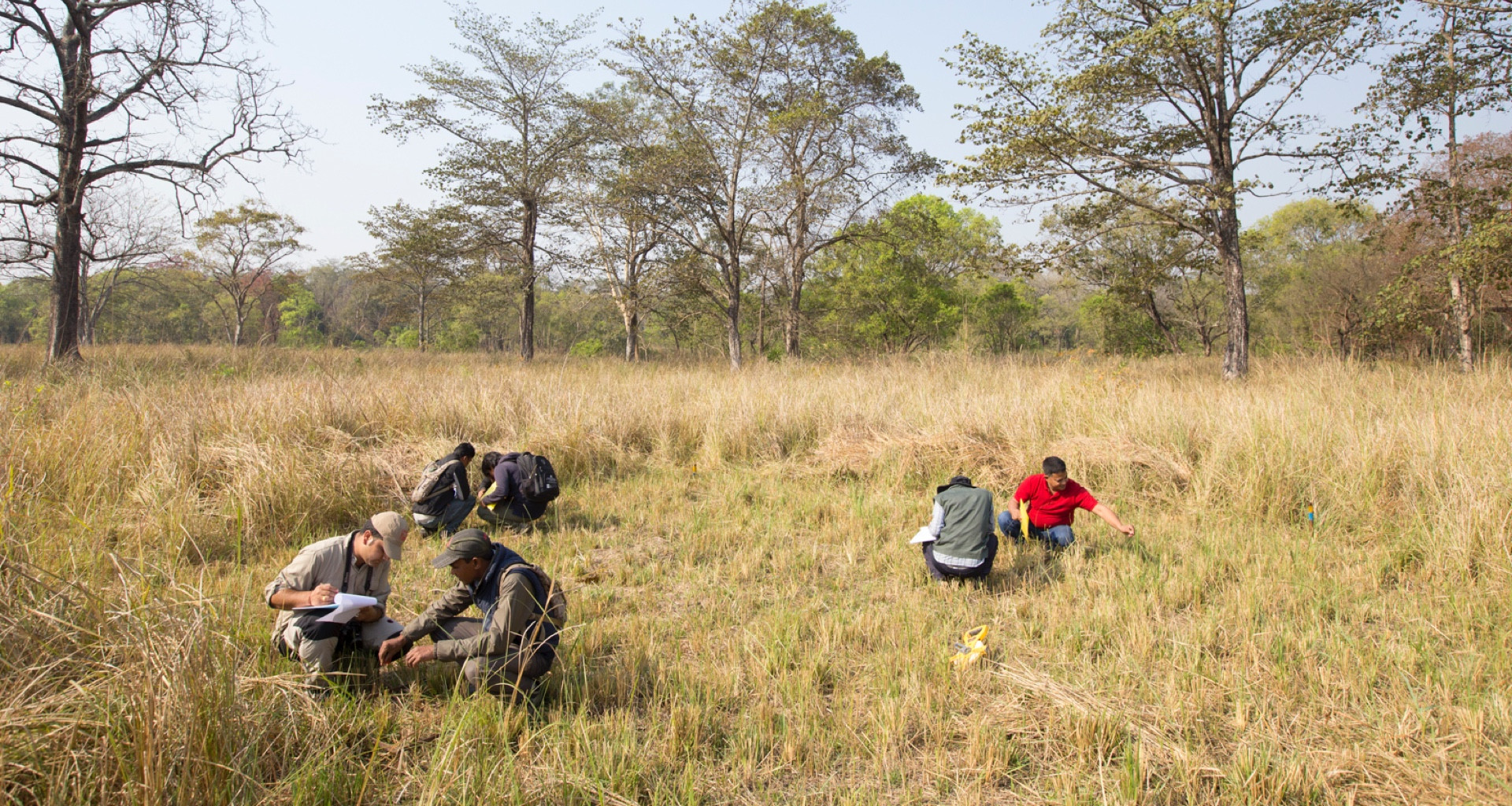Conservation and management of ecosystems, and wildlife is increasingly a challenge today. Despite conservation interventions over the past decades, threats still persist and require continued interventions. The principal direct threats that are degrading the ecosystems disrupting ecological process and causing biodiversity loss in Nepal are commonly related to: unsustainable extraction of natural resources, forest fire, habitat loss, fragmentation and degradation, human wildlife conflict, wildlife crime, invasive species, pollution and poisoning, and overgrazing. Large infrastructure projects and climate change today have emerged as more visible threats that often compound existing challenges.
Given the urgency for conservation action within the context of limited financial resources and a growing recognition of the deepening biodiversity crisis, conservation projects designed and implemented by NTNC to protect species, ecosystems and landscapes are largely site-based responses to explicitly address these threats. These threat reduction interventions aim at combatting both direct and indirect threats. Our support to build capacities of government authorities and local communities to tackle wildlife crime has played an important role in reducing wildlife crime and strengthening protected area governance. Wildlife crime operates at larger scales necessitating actions beyond boundaries. The key role played by NTNC in establishing and institutionalizing South Asian Wildlife Enforcement Network (SAWEN) is a milestone achievement in response to the burgeoning transnational illegal wildlife trade in South Asia.
In recent years, the tasks of managing ecosystems have become more complex and challenging due to globalization processes, further heightened by climate change. Most problems today are manifestations of interactions among complex processes in diverse geophysical and climatic settings. To better understand these dynamics and find better options, NTNC has been focusing on research and monitoring both at the species and ecosystem level. Besides this, in order to reduce human pressure on wildlife habitats and forest resources, NTNC is continuously engaging local communities to provide them alternative options by diversifying livelihood, promoting alternative and energy efficient systems, along with encouraging agroforestry and stall-feeding practices. Our interventions have been important to conserve and protect major wetlands, grasslands and forest ecosystems that have helped to secure healthy wildlife populations together with more invested local communities.

